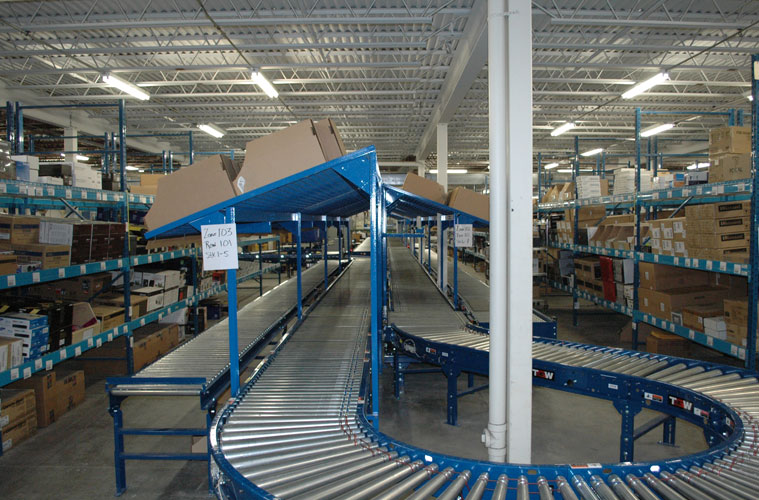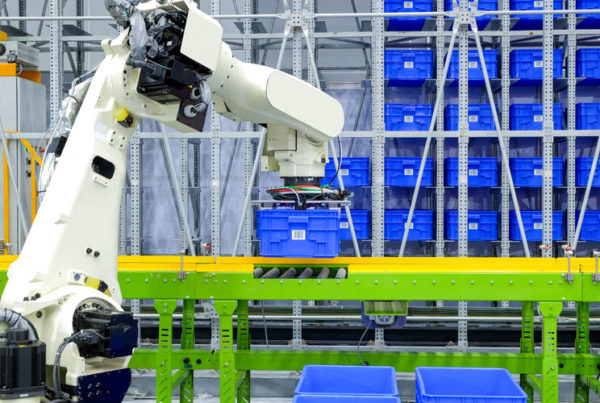When designing and installing a pick module to bring automation into a process, we are often asked to provide a Return on Investment (ROI) for the proposed capital decision.
However, this is an almost impossible task for the material handling provider. Why? Because the data and the activity that will determine the return is owned by the purchaser. To realize a targeted return requires much more than adding automated equipment. It also requires the purchaser to make material process changes to achieve the new, increased daily performance goals. At the same time, the supporting Warehouse Management System (WMS) must be able to provide the right information in the right order to the floor to optimize the workflow.
The ROI is mainly determined by the number of labor-hours saved, often measured by how many tasks can be executed per hour. Automation makes sense when it enables you to fulfill more orders using fewer labor hours. The cost-savings realized in this way is then compared to the expected capital investment cost.
Material handling equipment has an associated capacity or speed. To achieve a targeted ROI, the capacity and speed have to improve the cost to store, cost to move, or the cost per touch. However, in many cases, to achieve a targeted ROI there are critical, internal client factors that also must be improved.

The speed of the equipment when fully loaded: In practically all cases, the equipment speed exceeds the thru-put targets for the process change. The overall speed is a function of the slowest position of the automated processing, which might be a single execution point for the equipment, or where human processing interacts with the system. There are almost no system designs that can be optimized to the full potential speed(s) of the equipment.
How activity is delivered to the production floor via information transfer: The WMS needs to be able to deliver an optimized order flow. Optimization is a function of having the right product in the right location, of maintaining workflow balance by ordering deliveries across the system, and of dealing with the natural randomness of daily orders. Daily performance targets can be changed measurably by the randomness of daily orders. However, when measuring performance over weekly and monthly averages, the target rates achieved become normalized.
The human process as it interacts with the equipment: Introducing automation requires commitment to definition of process targets, to process execution steps, to training, and to active management of performance on the floor. It is common for personnel to not adapt the workflow to most efficiently utilize the equipment.
You should note that the second and third factors are controlled by the purchaser. For this reason, it is critical that, as you consider automation to add productivity, you take the time to work closely with your engineering design firm to:
- Review current process data and current process performance.
- Define expected process changes and expected process performance measures.
- Understand the expected operations post installation, and create a plan for:
- Ensuring the WMS can support daily workflow efficiently,
- Altering staff tasks, particularly in relating to the automation,
- Training for changes to the new process and task expectations,
- Clearly defining and measuring goals, and
- Actively managing the new order fulfillment process.
If all of this is kept in mind, you should see the expected return from your capital investment decision.





